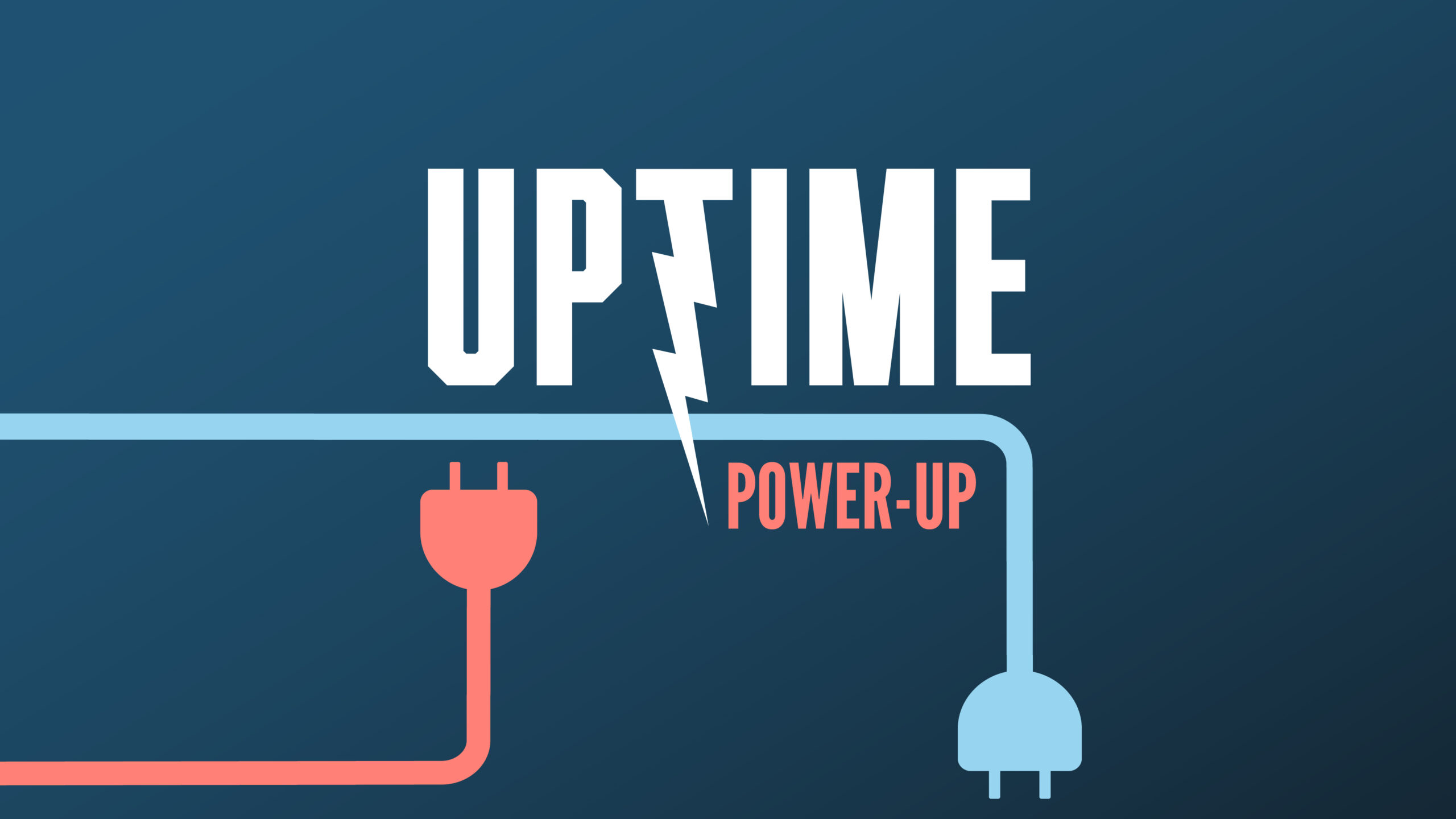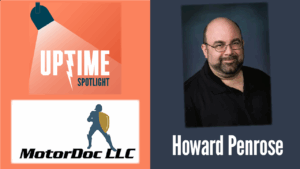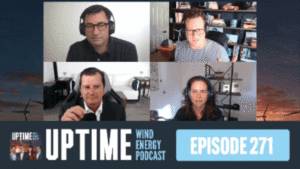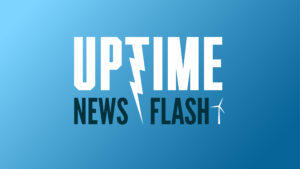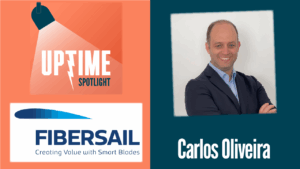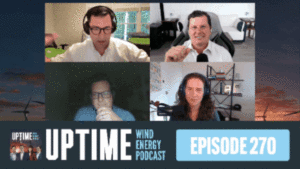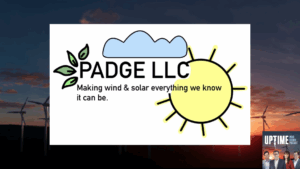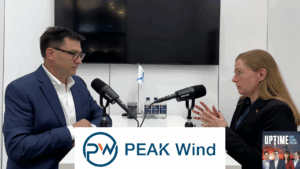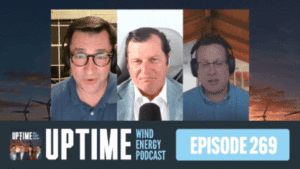Podcast: Play in new window | Download
This week we cover LM Wind Power’s patent for improved hybrid pultrusion plates for blades, trying to manage lightning. Also GE Vernova’s method for placing a crane assembly on the nacelle. And a double cereal bowl for slow breakfast-eaters.
Fill out our Uptime listener survey and enter to win an Uptime mug! Register for Wind Energy O&M Australia! https://www.windaustralia.com
Sign up now for Uptime Tech News, our weekly email update on all things wind technology. This episode is sponsored by Weather Guard Lightning Tech. Learn more about Weather Guard’s StrikeTape Wind Turbine LPS retrofit. Follow the show on Facebook, YouTube, Twitter, Linkedin and visit Weather Guard on the web. And subscribe to Rosemary Barnes’ YouTube channel here. Have a question we can answer on the show? Email us!
Pardalote Consulting – https://www.pardaloteconsulting.com
Weather Guard Lightning Tech – www.weatherguardwind.com
Intelstor – https://www.intelstor.com
Phil Totaro: This is Power Up, where groundbreaking wind energy ideas become your clean energy future. Here’s your hosts, Allen Hall and Phil Totaro.
Allen Hall: Alright, Phil, our first patent of the week comes from our friends at LM Wind Power, and it is for improved hybrid pultrusion plates for wind turbine blades. That’s a mouthful, by the way.
But what they mean is that they have these protrusion plates that are the main structural element inside of the blade and LM likes to mix carbon fiber with fiberglass is a lot cheaper. So you can actually make stronger structural spars or spar caps by mixing carbon fiber with fiberglass. All that makes sense.
The issue is lightning, actually. And when lightning likes to flow down carbon fiber quite naturally if you don’t do it right, if you don’t mix the fiberglass and the carbon just right and lay them out in certain orientations, you can get carbon sparking the carbon, which can damage the fiberglass, which can damage the protrusion, and your blade falls over.
So LM has come up with a really unique way of controlling where the fibers go in a pultrusion.
Phil Totaro: Yeah, and this is really fascinating to me because they have been one of the pioneers of developing this hybrid glass and, and carbon blade over the past, you know, decade or more that they’ve been investigating this type of technology.
And what they’re specifically doing with this is, as you mentioned, it’s, it’s really about controlling the temperature. The fiber orientation so that you don’t have the arcing issues that you mentioned. But also, you know, when you’re passing the lightning current through anything, whether it’s copper wire, whether it’s carbon or what have you, it heats up and the way it heats up can, you know, with.
With this type of an application can specifically weaken or damage or deform the blade. And that’s obviously undesirable. So this is really fascinating how they’ve kind of taken this kind of hybrid material technology to the next level with, all right, well, we figured out how to, you know, orient fibers but we need to tune it.
in a way where you can actually conduct lightning that’s not going to, you know, overheat the blade and, and damage things. So this is actually really fascinating and I, I hope that they’re actually using this in or have this in commercial use because this is it’s quite an interesting idea and a really clever approach to You know, be able to address a, a pretty common problem.
Allen Hall: Our next patent comes from GE Vernova. It, it’s a way of creating a crane assembly on the the cell by using the hub as a means of transport. So the concept goes like this. I have a winch on the hub. I lower that winch cable down, and I pick up this crane assembly and I’ll hoist it up to the bottom. of the hub, and I mount it to the bottom of the hub.
Then I rotate the hub, so now this crane’s on top of the hub. I add some more support pieces into the nacelle, and now I have a crane on top of the nacelle without using another crane to get it there. It’s a pretty slick idea, Phil.
Phil Totaro: Yeah, and this is obviously different than some of the other systems that are in use today, which either involve, you know, a crane pick to be able to get the, you know, nacelle mounted crane up the tower But this is entirely as, as described by GE Renova self installing as far as using a, a, a turbine based or ground-based winch system to hoist the, the, you know, hub mounted crane up to you know, hub height.
And then as you said, kind of rotated around again. The difference between this being that this is hub mounted versus nacelle mounted. So it does add a little bit of complexity when it comes to balancing out your loads. Having something that’s nacelle mounted is necessarily safer in that you’ve got the tower basically directly underneath you, so you’re not creating this bending moment of inertia with, you know, having something kind of off axis from, from, you know, the tower support.
But it’s. Potential for cost savings might actually outweigh some of those structural risks and for certain types of repairs potentially that don’t necessarily involve picking the entire gearbox out and lowering it down you know, for, for maybe smaller component repairs, this is kind of an ideal solution.
So I, I really liked this one.
Allen Hall: I think it’s already being in use, Phil. Based upon the patent and the description of it, it looks like they’ve sussed this out and have at least tried it on a Turbine, but I haven’t seen it done in the United States, but maybe over in Europe, they’re, they’re using us for some applications.
Phil Totaro: Potentially. Yeah. And it’d be, it’d be great to see. And that’s one thing we try to do over at Intel Store is we want to be able to track the commercial use of these ideas that we talk about on the show. And so we’re, we’re constantly scouring for any publicly available information we can get. To to confirm the commercial use of any of these patented technologies.
Allen Hall: Our next patent touches an area which we are all have experienced. You get up in the morning, you, you go to the kitchen, you pour yourself a coffee and a bowl of cereal and the. Treachery begins right there because your cereal gets soggy. You’re just not quite awake and it takes you a long time to get going.
By the time you get active and just starting to eat the cereal, the cereal is soggy. Well, there has been an invention to deal with that situation. Now, if you can picture sort of two bowls connected to each other with a tube. The lower bowl holds the milk, the upper bowl holds the dry cereal, and the tube connects them together.
So the concept goes like this. I only push in some of the dry cereal into the milk just before I’m ready to eat it so my cereal doesn’t get soggy. Now, Phil, this sounds like a contraption that I would tip over and spill milk on myself in the morning, making my breakfast even worse than when I started it.
But, evidently this thing must have I did a little bit of search on the internet and there is a thing there that looks like it. So, it’s sort of a crazy idea, but seems to be in practice somewhere.
Phil Totaro: I mean, Allen, you can buy almost anything that your heart desires on Alibaba, you know, over in China. But as far as mainstream usage and acceptance of this, I’m I’m not quite sure that it’s gonna meet everybody’s needs.
It, it is a, it is a fascinating way to address a challenge, but you know, I, I guess for most people, they can just maybe eat a little faster or, I don’t know, before, before everything gets soggy.



